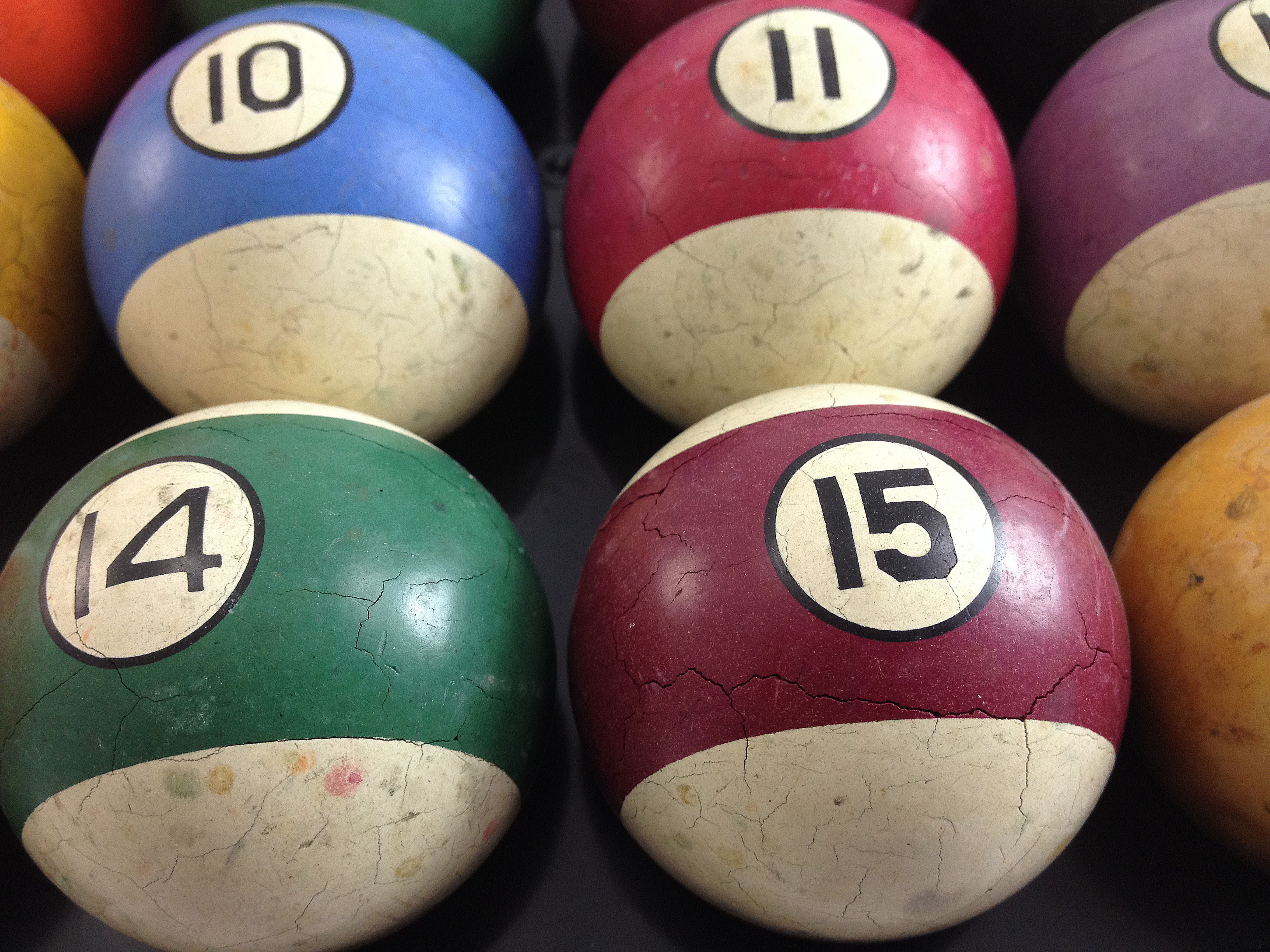

This cavalier attitude to personal safety also showed up with other celluloid products. “We had a letter from a billiard saloon proprietor in Colorado, mentioning this fact and saying that he did not care so much about it, but that instantly every man in the room pulled his gun.” Occasionally, as Hyatt himself recalled, two balls hitting each other would produce “a mild explosion like a percussion guncap.” “As you might guess from that string of names, these plastics were highly flammable, and when used in billiard balls, they had some, well, interesting results.” “Celluloid and its predecessors were all made with nitrocellulose, also known as pyroxylin, flash paper and gun cotton,” Davis writes. Celluloid, developed by John Wesley Hyatt, did. In the search for a substitute to this expensive and difficult-to-obtain material, a major company that made billiards supplies, Phelan and Collender, offered a $10,000 reward (several hundred thousand dollars in today’s money) to anybody who could invent one.Īlthough Alexander Parkes managed to produce the first material that approximated ivory, Parkesine was didn’t lend itself to commercial-scale manufacture. The only material that would do everything the game required was top-grade ivory, which according to Mars “was actually called billiard-ball ivory.” It has to be of a certain density,” one billiards expert explained to Mars. “The billiard ball has to have certain physical properties. It was the huge popularity of billiards, combined with this fear of a dwindling ivory supply, that led to the development of plastic, a material that “came to define the modern world,” says Mars.

In the mid-nineteenth century, writes Lauren Davis for iO9, “there was a common, although erroneous, belief that ivory was in short supply.” At the same time, according to Roman Mars on the podcast 99% Invisible, billiards was extremely popular. It was patented on this day in 1869, just a few years after the first human-made plastic, Parkesine.Īlthough it later came to be associated with film (where its combustibility was also famously an issue), celluloid, like many other early plastics, originated as part of an attempt to solve a non-mathematical billiards problem: the ivory problem.

That’s because the balls were made of celluloid, an early plastic that was, unfortunately, combustible. There was a time when taking a perfect shot in a game of billiards could cause the ball to explode.


 0 kommentar(er)
0 kommentar(er)
